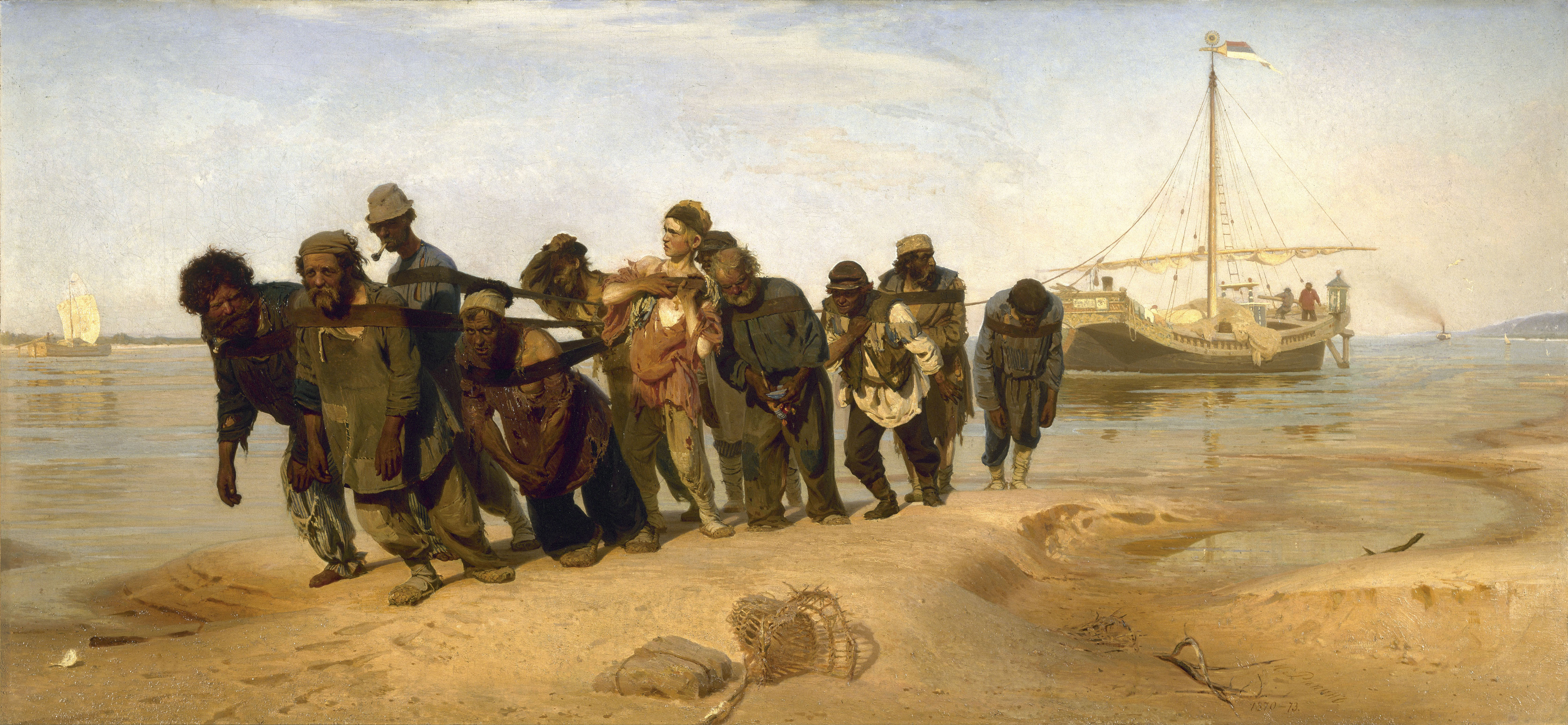From Delancey Place:
Mining in the 1800s was one of America's most important businesses. It was also one of its most dangerous, as evidenced by accidents at the country's single largest precious metals mine, the Comstock Lode:
"[Miners] wore felt slouch hats to keep dirt out of their hair and eyes, and at shaft stations far below the surface, they stripped off their shirts and went to work in trousers and boots. Streaming sweat in the feeble light of candles and lanterns, they drove the work forward with picks, shovels, hand drills, sledgehammers, and the recently invented dynamite and they earned every penny of their four dollars per day, for the work was both physically hard and astonishingly dangerous.
"Enterprise local Dan de Quille marveled at the 'new and unheard-of ways' in which miners were 'constantly being hurt and killed.' Fatalities, maimings, major injuries, or hair-raising close calls occurred every day. 'Hundreds upon hundreds' of accidents occurred in the Comstock mines, and they happened 'in every way imaginable.' Miners always thought the accidents ran in streaks, that if they'd had two or three they'd likely have a dozen, up to half of which would prove fatal. On average, the Comstock Lode suffered one death per week and one serious accident per day.
"Nor were the only hazards underground. Mining made the whole district dangerous. Sampling just a tiny smattering of the accidents that had occurred on the lode in the ten years since its discovery: A boulder falling from a drift face in a Gold Hill mine broke a man's leg and collarbone; a thirsty mill worker took a swig of a clear liquid he supposed to be water and cored-out his gullet with nitric acid used by prospectors and assayers to prove the presence of silver. A freight wagon ran over a child. A miner tamping a black powder charge with an iron rod struck a spark that touched off the blast -- a rock put out his eye. A collapsing pile of shoring timbers crushed a teamster's skull. A popular stagecoach driver trying to control a runaway team died when the stagecoach capsized and smashed him beneath....
....MUCH MORE
For years we've use this painting as an example:
I Do Not Want to Hear How Tough Your Job Is, Ever
I used to use this painting to illustrate a lousy job:

That's Barge Haulers on the Volga by Ilya Repin. You really have to look at the zoomed view to understand just how awful work can be.
Bad as that depiction is, I have a new example of what some people have to do to earn their daily bread.....
From Open Magazine:
Manual Scavenging: The Struggle to Stay out of Pits
THE MEN COME early in the morning at around seven. Some have had tea at home, some haven’t; but once they report for work, most will keep drinking country liquor from short plastic tumblers. It is the only way they can tolerate the feel of excreta in sewers and septic tanks against their bare bodies. Their eyes are floating globs of yellow, their cheeks as sunken as the city’s potholes. They sit on grimy mattresses in a bamboo shack at the end of a street, smoking beedis and passing bawdy remarks at the heroine of a film some of them have seen a few days earlier, as they wait for people to come and offer them work: opening up choked septic tanks, mostly, in this part of north-west Delhi....
After hearing about men whose job it is to wade into shit to unclog the pit, I don't much care about "work/life balance" either